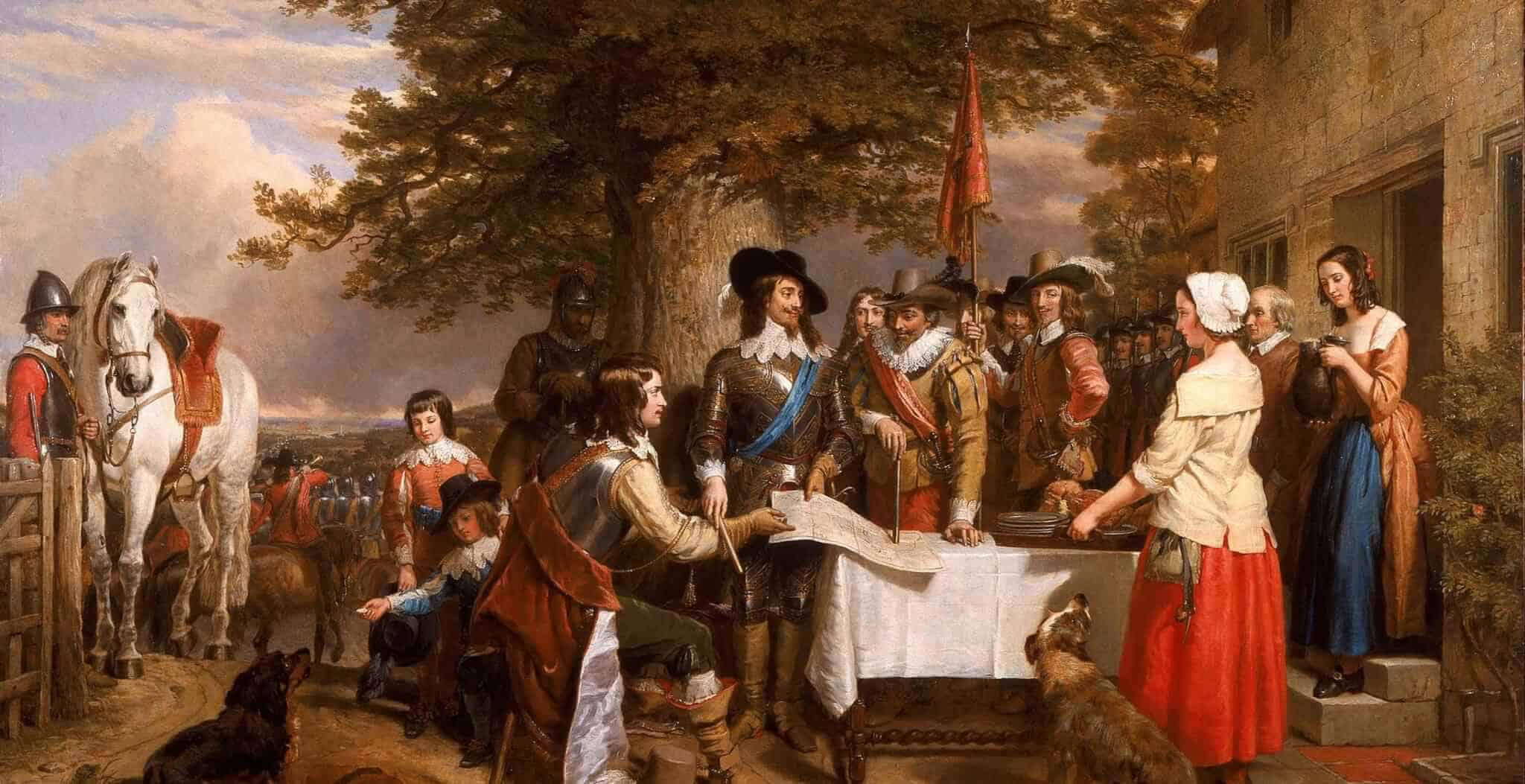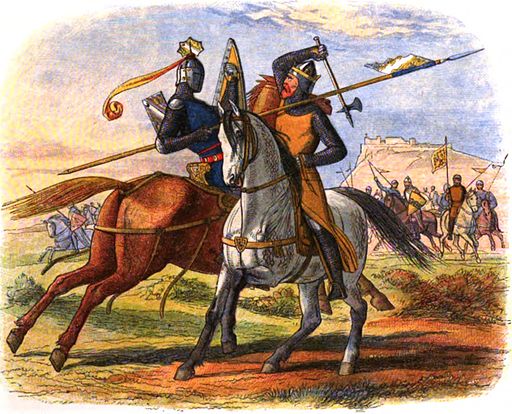History of England
Ancient times
Fundamental article: Ancient England
Sun radiating through column of upstanding standing stones with different stones evenly on the top.
Stonehenge, a Neolithic landmark
The earliest known proof of human presence in the space presently known as Britain was that of Homo antecessor, dating to around a long time back. The most seasoned proto-human bones found in Britain date from 500,000 years ago.Present day people are known to have occupied the region during the Upper Paleolithic time frame, however long-lasting settlements were just settled inside the last 6,000 years After the last ice age just enormous warm blooded animals, for example, mammoths, buffalo and wooly rhinoceros remained. About a long time back, when the ice sheets started to retreat, people repopulated the region; hereditary exploration recommends they came from the northern piece of the Iberian Peninsula.The ocean level was lower than the current day and England was associated via land extension to Ireland and Eurasia. As the oceans rose, it was isolated from Ireland quite a while back and from Eurasia two centuries after the fact.
The Measuring glass culture showed up around 2,500 BC, presenting drinking and food vessels developed from earth, as well as vessels utilized as decrease pots to smelt copper ores.
It was during this time that significant Neolithic landmarks like Stonehenge (stage III) and Avebury were built. By warming together tin and copper, which were in overflow nearby, the Container culture individuals made bronze, and later iron from iron minerals. The improvement of iron purifying permitted the development of better furrows, propelling horticulture (for example, with Celtic fields), as well as the creation of more viable weapons.
The Battersea Safeguard is one of the main bits of antiquated Celtic craftsmanship tracked down in England.
During the Iron Age, Celtic culture, getting from the Hallstatt and La Tène societies, showed up from Focal Europe. Brythonic was the communicated in language during this time. Society was ancestral; as per Ptolemy's Geographia there were around 20 clans nearby. Like different areas on the edge of the Realm, England had long appreciated exchanging joins with the Romans. Julius Caesar of the Roman Republic endeavored to attack two times in 55 BC; albeit to a great extent fruitless, he figured out how to set up a client ruler from the Trinovantes.
Old history
The Romans attacked England in 43 Promotion during the rule of Head Claudius, consequently vanquishing a lot of England, and the region was integrated into the Roman Domain as Britannia province. The most popular of the local clans who endeavored to oppose were the Catuvellauni driven via Caratacus. Afterward, an uprising drove by Boudica, Sovereign of the Iceni, finished with Boudica's self destruction following her loss at the Skirmish of Watling Street. The creator of one investigation of Roman England proposed that from 43 Promotion to 84 Advertisement, the Roman trespassers killed somewhere close to 100,000 and 250,000 individuals from a populace of maybe 2,000,000.
This period saw a Greco-Roman culture win with the presentation of Roman regulation, Roman design, water channels, sewers, numerous farming things and silk. In the third 100 years, Ruler Septimius Severus kicked the bucket at Eboracum (presently York), where Constantine was thusly declared head a century later. There is banter about when Christianity was first presented; it was no later than the fourth 100 years, presumably a whole lot sooner. As per Bede, teachers were sent from Rome by Eleutherius in line with the clan leader Lucius of England in 180 Promotion, to settle contrasts as to Eastern and Western ceremonials, which were upsetting the congregation. There are customs connected to Glastonbury guaranteeing a presentation through Joseph of Arimathea, while others guarantee through Lucius of Britain By 410, during the decay of the Roman Domain, England was allowed to remain uncovered toward the finish of Roman rule in England and the withdrawal of Roman armed force units, to shield the boondocks in mainland Europe and participate in common wars. Celtic Christian religious and teacher developments prospered. This time of Christianity was affected by antiquated Celtic culture in its sensibilities, country, practices and religious philosophy. Neighborhood "gatherings" were focused in the devout local area and religious pioneers were more similar to tribal leaders, as friends, as opposed to in the more various leveled arrangement of the Roman-overwhelmed church.


